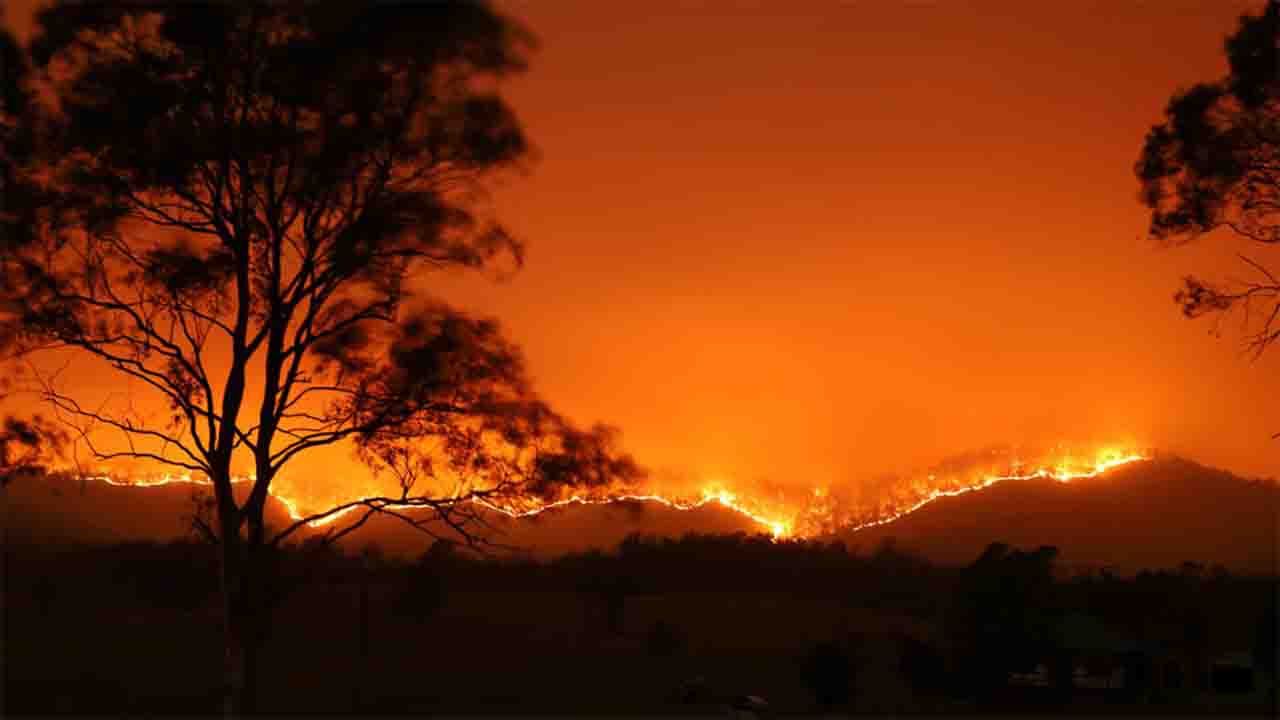Australia is grappling with an intensifying heatwave, prompting heightened concerns about the potential escalation of bushfire risks during an already precarious fire season. The national weather forecaster has issued “Extreme” heatwave alerts, the highest level of danger, for certain regions of Western Australia, extending into South Australia. Additionally, areas in Queensland, New South Wales, and the Northern Territory are under “severe” warnings, signifying a substantial threat.
In the vast expanse of Western Australia, the Pilbara and Gascoyne areas, located in remote regions, face the possibility of temperatures soaring into the high forties Celsius (up to 120 degrees Fahrenheit). Particularly, the mining town of Paraburdoo, situated approximately 1,500 km north of Perth, anticipates a high of 48°C (118°F), surpassing the average January maximum by over seven degrees. At 12:30 p.m (0430 GMT), the temperature in Paraburdoo was recorded at a scorching 45.7°C (114°F). Notably, the highest temperature ever recorded in Australia, a staggering 50.7°C (123°F), occurred at Onslow Airport in the Pilbara on January 13, 2022.
Residents in affected regions are grappling with the challenging conditions, with one individual describing the experience in the West Australian town of Meekatharra as feeling like being “cooked alive.” The combination of intense sunlight from above and the scorching ground beneath poses a formidable challenge. The concern is such that individuals are contemplating the difficulties of attempting to sleep without air conditioning in temperatures reaching 50 degrees Celsius.
On the east coast, Sydney, the capital of New South Wales, is bracing for temperatures well above the average January maximum, with some areas expected to reach 40°C—nearly 10 degrees higher than usual. The hot and dry weather conditions exacerbate the risk of bushfires, a heightened concern during the prevailing El Nino weather pattern. El Nino is historically linked to extreme phenomena such as wildfires, cyclones, and droughts.
This episode of extreme heat follows relatively subdued bushfire seasons in Australia over the last two years, in stark contrast to the devastating “Black Summer” of 2019-2020. During that period, bushfires ravaged an area equivalent to the size of Turkey, claiming 33 lives, as well as 3 billion animals and trillions of invertebrates.








